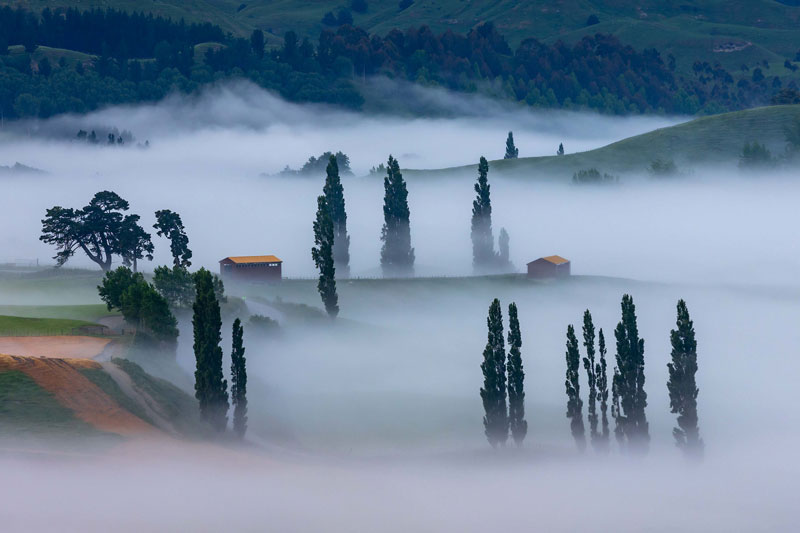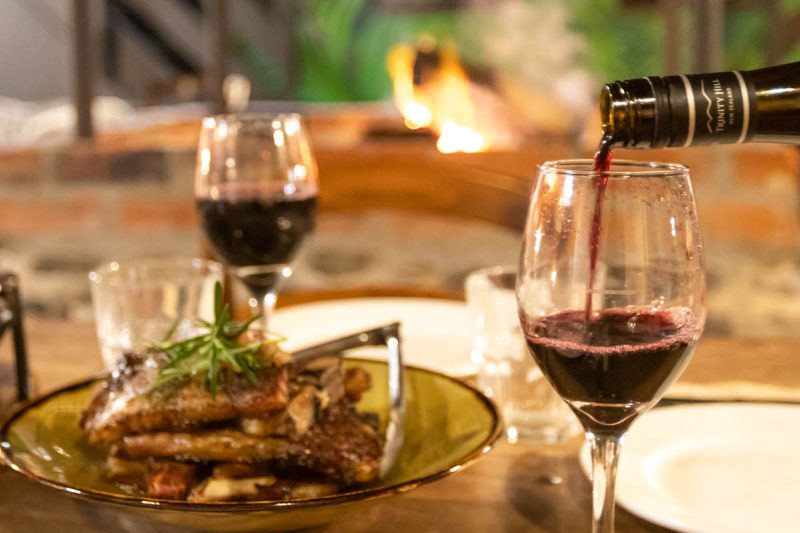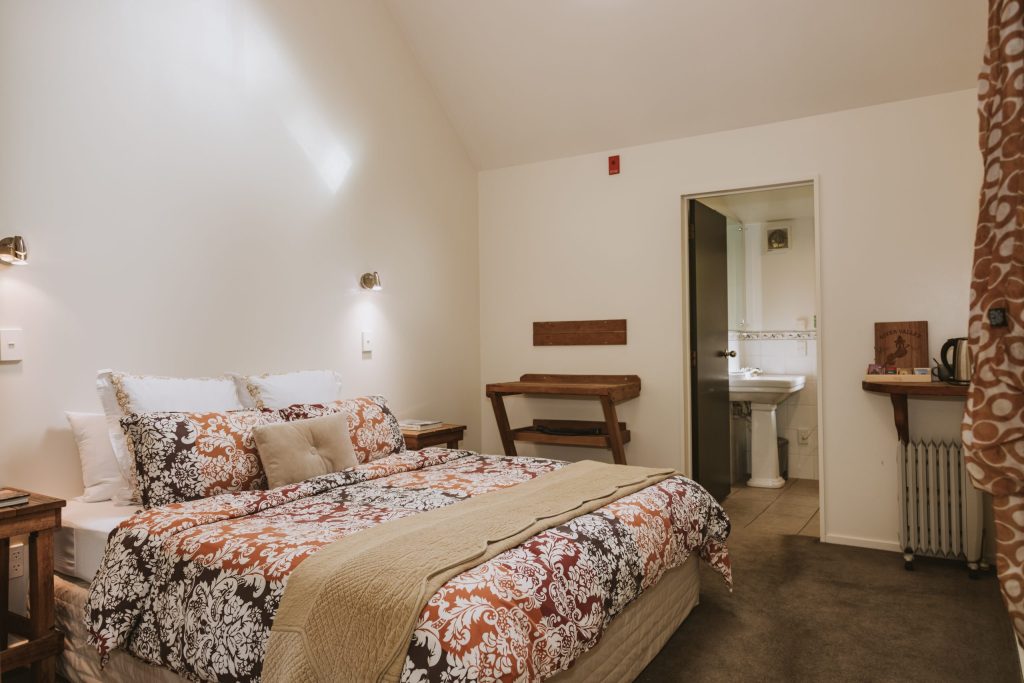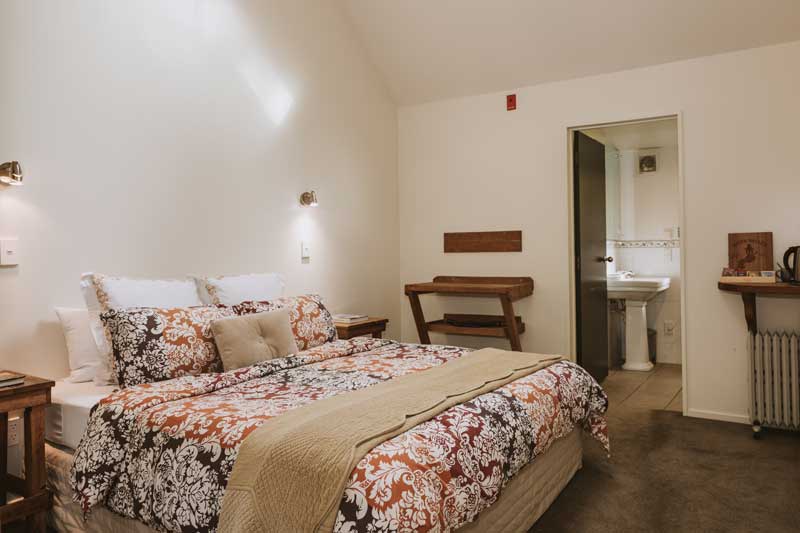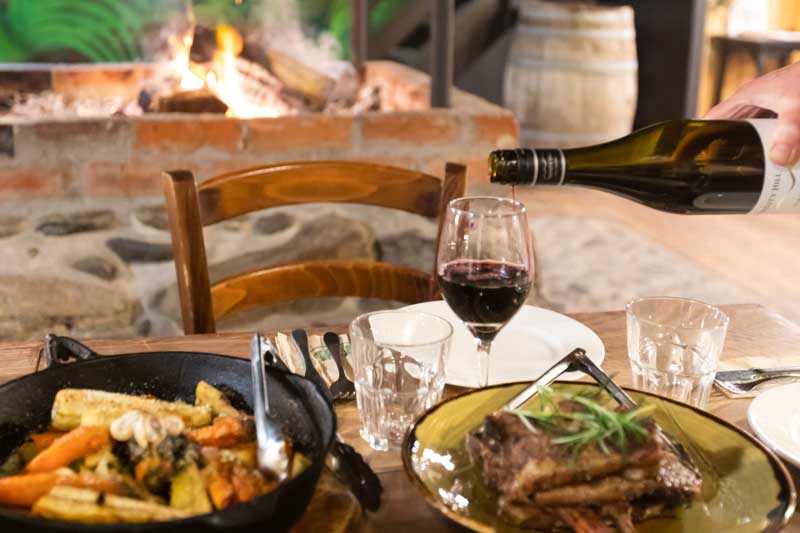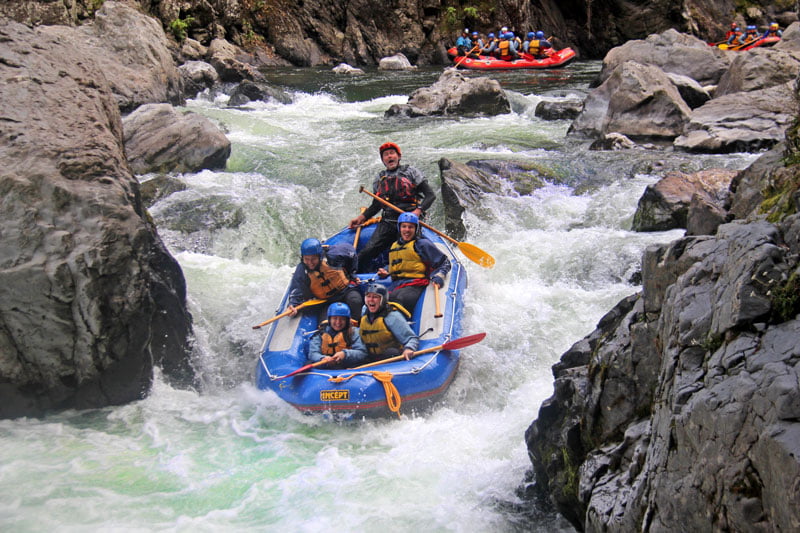Taken From The Wild
The beauty of Autumn has arrived. Once again, I find myself in a quandary. To take or not to take. To save or to leave to the hands of fate. I’m referring to the annual muster of the wild horses in the Kaimanawa Ranges.
I have been fortunate to have had the luxury of time, and facilities, to take a mature wild stallion from each of the last three musters.
My journey working with horses has given me the opportunity to experience working with five wild stallions and three once wild Kaimanawa geldings. No two horses have been the same. Each one has a unique personality. They are quick learners, and very clever. All the older horses that come directly from the wild, come with a well-developed sense of self-preservation. They have taught me humility, empathy, to throw my agenda and time constraints out the window and learn the true meaning of patience.
In return I have been rewarded with much knowledge and experienced the wonder of how it feels to have a wild stallion give me their trust.
However, don’t be fooled by the glamorous notions of taking a mature wild stallion. It’s a big responsibility. My winters have been spent wallowing in knee deep mud, sitting in snowy yards, mucking out barrow loads of horse shit, and feeding out twice a day.
Not this year though. I am leaving the fate of the mature wild stallion for someone else. Instead I have put my hand up to take a yearling. This winter I won’t have the luxury of time for a mature horse. In saying this I hope someone else can take on the challenge.
Awa
Awa came from the last muster to River Valley Stables. It was my responsibility to get him to the point where he could be safely gelded. As a ten-year-old stallion he had a huge amount of worry towards humans and a strong sense of self-preservation. The gelding process destroyed a lot of the trust I had gained with him.
Thomas, who came to work as a guide at River Valley Stables this season, showed an interest in Awa. He had a background of starting horses under saddle and he was keen to take Awa on as a project over the summer. As the season winds down, Thomas is finishing his time here. Before he leaves, I asked him to share his experience so others could gain an idea of what to expect when taking on the task of training a mature wild stallion.

Awa arriving at River Valley from the 2018 Kaimanawa muster
An Interview With Thomas
Nicola: What did you think when I asked you if you would like to take on the challenge of working with a wild horse?
Thomas: I thought it would be a good challenge and I was intrigued to see what it would be like to work with a horse that has spent its whole life in the wild.
Nicola: How has it been different than working with a domestic horse?
Thomas: It takes some time until the horse trusts you and then even longer before he trusts you enough that he will look to you for direction when he encounters fearful stimuli. I began the basic desensitizing and he accepted it quite quickly, however his survival instinct stayed very strong and would override if other stimuli were in play such as other people approaching.
Just to get to the level of trust where you would normally begin your more formal training with a domestic horse is a huge challenge.
Nicola: What has been the biggest challenge?
Thomas: Getting him to trust other people and maintaining his focus while they are near. It’s been a very slow process with still a way to go. He has had maybe ten years in the wild repeating behaviours that were in the best interest of his survival there, so I can’t expect him to change overnight.
Nicola: What have you learned from this experience?
Thomas: The whole experience has been humbling. I thought I would have him desensitised and trained him in no time. I thought the process would only take a little longer than all the other domesticated horses I have worked with. I have learned that some things just can’t be rushed if you want to gain both the respect and trust of the animal. The more you can do with the horse when he is not in a state of panic and can learn, the better. Sometimes he would give me a signal that he was struggling to cope with a situation. The more I stopped and acknowledged how he was feeling, the less he would explode. This also helped me gain his trust. The times when I pushed him through situations with too much pressure often meant that I would have to revisit that again.
Nicola: How has it made you feel working with Awa?
Thomas: He helped me to be in the moment and patient. He doesn’t care about my plans and time schedule. I can’t just boss him into trusting people, so I must be aware of how he feels on the inside as well as how he responds on the outside.
Nicola: What advice would you give someone who might be considering training a mature stallion from a muster?
Thomas: I would only recommend it to someone who would like the challenge of gaining a wild horses trust. You need to have time, a lot of it, patience and the right facilities to get started. If you are mainly interested only in riding horses, then it is not the project for you. The main tasks are all done working on the ground. It can be a very rewarding process but don’t jump into it hastily. Be sure you have enough time and energy to dedicate. Every horse teaches you new things, but this is true to even a greater degree with the Kaimanawa horse.
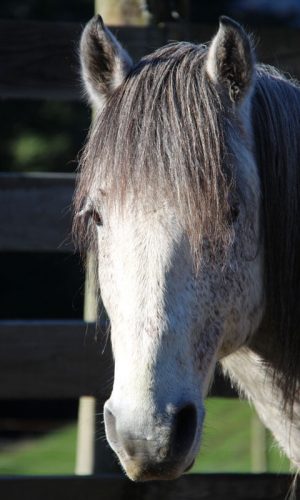
1. Awa arrives at River Valley Stables
2. Building trust

3. Accepting Thomas on him and around him

4. Driving Awa in the arena

5. Accepting the saddle

6. The first ride!
Taking In A Wild Horse
The advisory group responsible for the annual musters represented by members from *DOC, NZDF, KHH, KWHPS, RNZSPCA, NZ Veterinarian Association, Forest and Bird, Ngati Rangi, Shoreline Helicopters, Adjoining Land Owners, and Muster Yard Crew, are a united group in wanting the best outcome for the land the horses roam over and the welfare of the horses.
As I write this, preparation for the annual muster is underway and planned to take place next week. Approximately 75 horses will be mustered to maintain the numbers in the wild at 300.
Good luck and all the best if you’re putting your hand up to take a wild mature horse. It can be challenging, but also a truly rewarding experience.
Nicola Megaw
*Department of Conservation, New Zealand Defence Force, Kaimanawa Heritage Horses, Kaimanawa Wild Horse Protection Society, Royal New Zealand Society for the Protection of Cruelty to Animals.

Awa with the herd in the wild
(Photo courtesy of Esther Bunning)




